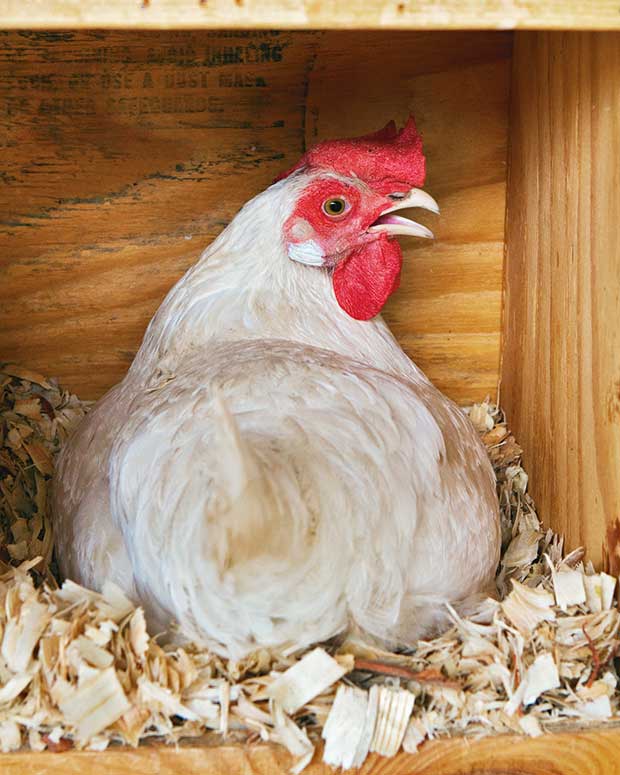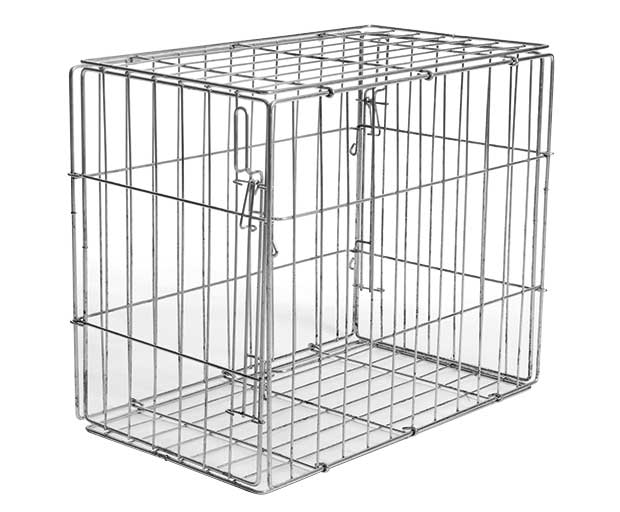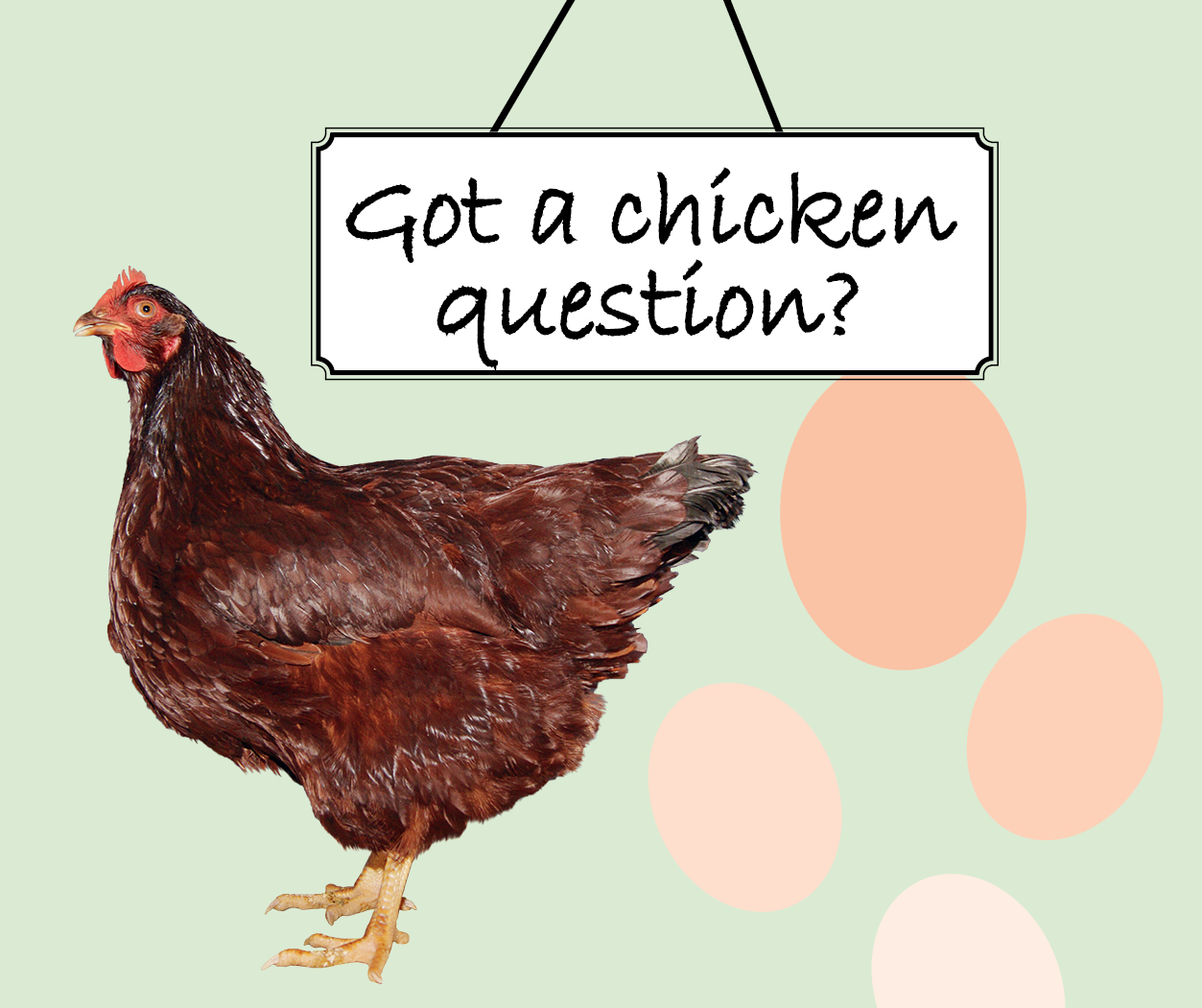The delicate art of keeping peace in your flock

The bird brain needs careful management to keep life peaceful.
Words: Nadene Hall
One of the most common problems for a poultry owner is introducing a new bird or birds. It’s recommended the minimum number of birds you have is three.
This means if one dies, you don’t end up with a chicken on its own.
The strict structure of a pecking order (and the violence by which it is maintained) means one bird is far more difficult to integrate with others, than two or a group.
If you are bringing new birds into your mature flock (after a quarantine period), the easiest thing to do is to bring in at least two, preferably pullets (6-18 weeks) which can join at the bottom of the order.
• Pen them alongside your current flock for a few days, and expect some arguing when they are first allowed to roam together.
• Adding new birds to the coop at night can help the flock to settle.
• Have plenty of feeders and waterers and check that new birds know where they are.
• Have plenty of room for birds to move away from each other – use boxes or barriers of some kind so they can get out of sight of each other if there is agitation.
• Poultry will often pick on birds that are a different colour to them – it is easier to integrate new birds that are a similar colour and size.
Another common problem is hens sleeping overnight in nest boxes, which means eggs are laid in dirty bedding. You may need to train your hens into the habit of roosting somewhere else. This takes about 7-10 days.

• If a hen is sleeping in a nesting box, remove her and place her on a perch.
• Use a length of wood to cover nest boxes in the late afternoon and then remove it after your birds are in for the night to allow early layers access. Hens not laying in the right place is another common issue. This may indicate you don’t have enough nest boxes (you want one box for 3-5 hens) or that your nest boxes aren’t as appealing as they could be.
A GOOD NEST BOX:
• is about 30cm (wide) x 30cm (deep) x 35cm (high).
• has a high lip at the front that a bird can snuggle behind.
• is dark – it may need dark flaps of material hanging over the entrance to reduce light.
• has a clean, dry litter layer inside, 10-20cm deep, preferably wood shavings.
7 TIPS FOR MANAGING CHICKENS
1. An aggressive rooster will become more so if you challenge him. You either need to pen him, cull him, or turn slightly and back away quietly and let him think he is the boss.
2. Fill in puddles in your run as they form – these harbour disease that can be passed onto your poultry if they drink from it or walk through it.
3. Perches need to allow 17cm+ of space per bird, and be far enough apart that birds below cannot peck at the vents of birds perched above.
4. Keep water containers clean and replace water so it is always fresh – don’t let algae build up.
5. If your flock is roosting in trees overnight, give them a treat feed in your run/coop in the late afternoon (4pm in winter), then lock them in.
6. Mud is a big disease risk, especially when it sticks to feet, often causing a bacterial infection.

7. Have a broody cage ready. Try a small dog crate with no bottom tray, sitting on blocks, in a place secure from predators.
SUE’S TIP
One great way to help your flock stay healthy is to prevent paddocks (or gardens) from becoming muddy or burdened with worms, coccidia and other parasites.
One of the easiest ways to do this is to have several fenced areas that you can open up or close off depending on conditions. This allows you to rest areas where pasture is getting too short or exposed soil is turning to mud.

Do you have any questions about your chickens? Nadene Hall (editor of NZ Lifestyle Block) is tackling your questions about chickens/eggs. Email us at info@thisNZlife.co.nz and our resident expert will give you the advice you need. PS No question is off-limits.
MORE HERE:
The hierarchy of the chicken coop and how to stay in charge of the pecking order
20+ things chickens know by instinct (and a few basics they get wrong)
What is your chicken trying to tell you? A guide to poultry signals and hen clucks and cackles
Love this story? Subscribe now!
 This article first appeared in NZ Lifestyle Block Magazine.
This article first appeared in NZ Lifestyle Block Magazine.
